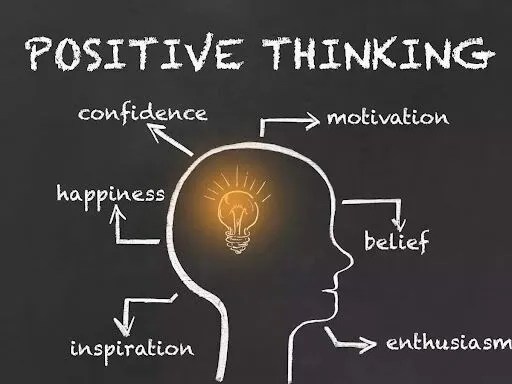
Most of us have been conditioned to chase comfort. We’re taught to avoid stress, dodge difficulty, and steer clear of discomfort at all costs. But what if the very things we try to avoid—challenges, pressure, the unknown—are the keys to living not just a more successful life, but a more joyful one? Let’s talk about developing a mindset that likes challenges. Not because it’s easy. But because it knows the truth: every challenge is an invitation to level up.
Why Most People Avoid Challenges
It’s simple. Challenges feel uncomfortable. They expose our weaknesses, they bring uncertainty, and they make failure possible. But that’s only the surface story. Underneath it all, most people don’t avoid challenges—they avoid the feeling of not being good enough. They avoid the fear of failing publicly. But here’s the twist: those who embrace challenges don’t do it because they’re fearless. They do it because they’ve learned to see difficulty as a teacher, not a threat.
The Mindset Shift: From “Avoid” to “Appreciate”
Imagine if, instead of dodging hard things, you started leaning into them. Not just tolerating, but actually appreciating the struggle. You begin to welcome pressure, knowing that it’s shaping you. You start seeking out complexity, knowing that it’s training your brain to be sharper, more flexible, more powerful. This shift doesn’t happen overnight. But here’s where it starts: changing how you talk to yourself.
Instead of: “This is too hard.”
Try: “This is where I grow.”
Instead of: “I don’t know how to do this.”
Try: “I’m about to learn something new.”
Instead of: “I hope I don’t fail.”
Try: “Even if I fail, I’ll come out stronger.”
Achieving More, Enjoying More
Here’s the real win: a mindset that welcomes challenge doesn’t just achieve more—it enjoys life more. Why? Because when you stop fearing failure, your days become more adventurous. When you see setbacks as stories in the making, your stress turns into fuel. When your focus is growth, not comfort, you build resilience—and that resilience becomes your superpower. You stop living defensively. You start living boldly. And that’s where joy lives—not in the absence of struggle, but in the presence of purpose.
How to Start Liking Challenges
- Reframe discomfort as progress: Every time you feel resistance, remind yourself: “This is what progress feels like.”
- Set learning-based goals: Focus less on the outcome and more on what you’ll learn in the process.
- Celebrate effort, not just results: The attempt matters. Reward yourself for showing up and staying in the ring.
- Surround yourself with people who stretch you: Iron sharpens iron. Let others push you to rise.
- Reflect often: Ask yourself, “What did I learn today that I didn’t know yesterday?” That’s growth. That’s the win.The mindset that likes challenges isn’t born—it’s built. Bit by bit, rep by rep, every time you lean in instead of backing down. And once you’ve got it? You’ll not only accomplish more than you ever thought possible. You’ll start loving the game too. Because life wasn’t meant to be easy. It was meant to be meaningful. And the best stories are the ones where you rise.




